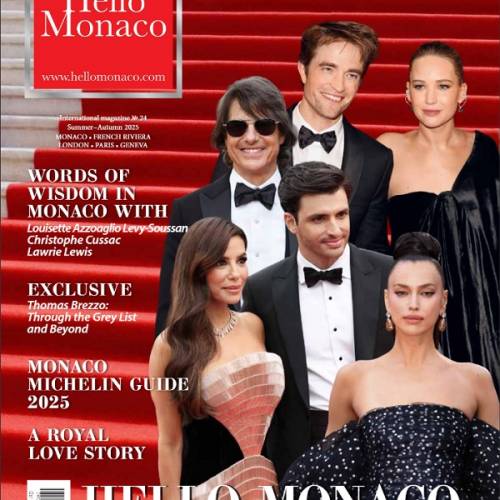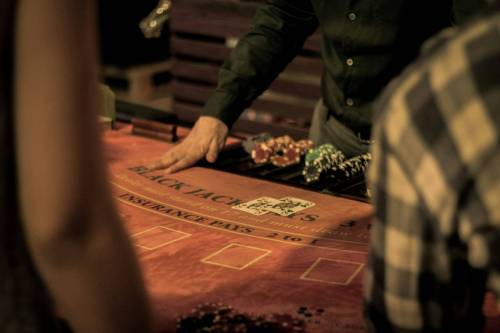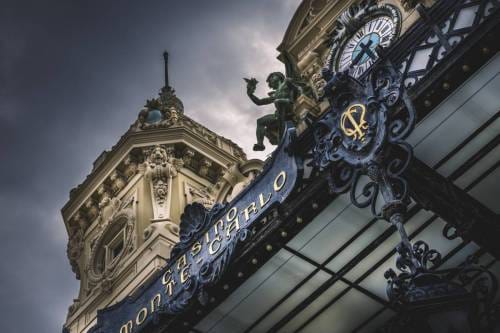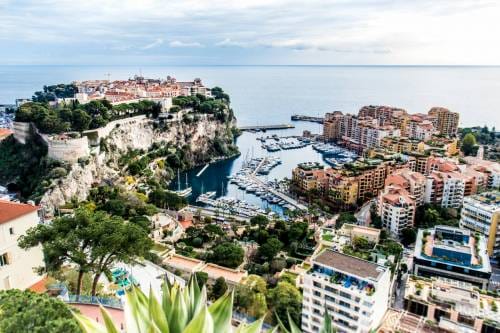Monaco has fast become one of the most sought-after gambling regions in the world. And you would be forgiven for thinking that it was as expansive as Nevada or Macau. But that’s not the case. Monaco is the second smallest state in the world! So, how has it grown to attract gamblers from across the globe? Why is it that when people think of the chemin de fer card game, their thoughts revolve around the Casino de Monte Carlo? What’s unique about Monaco and this casino in particular? Well, the only way to find out is by digging into its history. And we have all the facts laid out:
How It All Started
Princess Caroline had taken a trip to Bad Homburg. And during her stay, she had chanced upon an interesting taxation scheme – casinos. A Frenchman, François Blanc, had put up a highly successful casino in the independent territory. And as a thank you to the authorities, he was subject to a fee payable to the royals. Moreover, this money was also used in running the state and benefited the royals and the citizens alike.
We all know that casinos always have the edge. But in Bad Homburg, things seemed quite different from the start. The houses seemed to have all the edge as there was a considerable bias in favor of the house. Thus, most people who frequented the casinos ended up losing their money. However, some people made away with big wins that broke the bank (used up all the cash reserves at the table). And François Blanc devised a way to deal with this. Anytime a player depleted the cash reserves, the casino would hold a ceremony where the table would remain closed for a while. In this time, the staff would replenish the reserves and pay the winner. In so doing, people were more aware of big wins in the casino and would share the news with others. The result was more business for the casino, which resulted in higher revenues, a considerable part of which went to the royals.
You can probably tell where this story heads from this point. But why leave anything to chance? Princess Caroline headed back home and advised the then prince Charles III on starting a similar regime in Monaco. And to ensure that it would take off just like in Bad Homburg, they enlisted the help of François Blanc.
Unfortunately, he refused to help the royals set up a similar establishment. Thus, they had to rely on other entrepreneurs whose efforts were in futility. Their casino attracted only one visitor in 6 days who won 2 francs. Then two more showed up and lost 205 francs. The rest of the people were okay with just watching the casino from afar.
So, the prince had no option but to call on François Blanc to come and save the day. Their contract indicated that he would pay 150,000 francs to the royals each year in addition to 10% of his profits. Moreover, he was to take over the casino and improve it as he saw fit. To honor the prince, Blanc came up with the name Monte Carlo. And that was how the Monte Carlo casino came to be.
Improvements to the Casino
But wait, the story gets even more interesting. Of course, Blanc had an easy time renovating the casino and making it a hit like in Bad Homburg. So, the casino was already making headlines by 1869. The prince’s fear of going bankrupt was now long forgotten, and Monaco was now starting to stabilize. Even better, he abolished taxes, and citizens were thus able to keep more money to themselves, saving them from impoverishment. And this law stands to date.
Eight years following this favorable law, Blanc breathed his last, having amassed wealth amounting to 72 million francs. So, who was left in charge? His son – Camille. And in the years that followed, the casino did quite well, and the people of Monaco were happy.
Then the prince died in 1889, 12 years after Blanc had passed on. And in his place was Albert, who did not appreciate the gambling business. Moreover, he felt some kind of way about Camille and his family. So, he sought ways to put an end to the gambling business. But he could not as he relied on it to stabilize the economy. However, when he married a wealthy American widow, he was suddenly able to shut down gambling in the region. But did he?
The Casino’s Saving Grace
It became clear that the casino’s legacy was in jeopardy two years later. And Camille was frantically trying to find a new space for the casino as Albert wanted to convert it into a hospital. As luck would have it, Charles Deville Wells made his way to Monte Carlo on a gambling roll. He would play from when the casino opened to when the doors closed. And in doing so, he broke the bank a few times, winning up to $40,000. The word spread, and his name and winnings were soon a hot topic. As people sought to understand if he had hacked the casino, they flooded Monte Carlo. Of course, business was good, and the profits were relatively high.
Closing the casino no longer made fiscal sense, and Albert and Camille had to come to an understanding. Instead of the 150,000 francs he had been paying, Camille would now need to part with 125 million francs. He also offered the prince 1,000 shares in the now booming casino.
Was it worth it? Of course, it was! Did you know that a third of the residents in Monaco are millionaires? The sacrifices made by the Blanc family and the royal family paid off quite well. Besides, a gambling experience at the Monte Carlo will leave you mesmerized – it’s not just about placing wagers. You also get to indulge in the luxuries of this world, from spas to fine dining to concierge services. You get to have it all – it is the royal experience.









